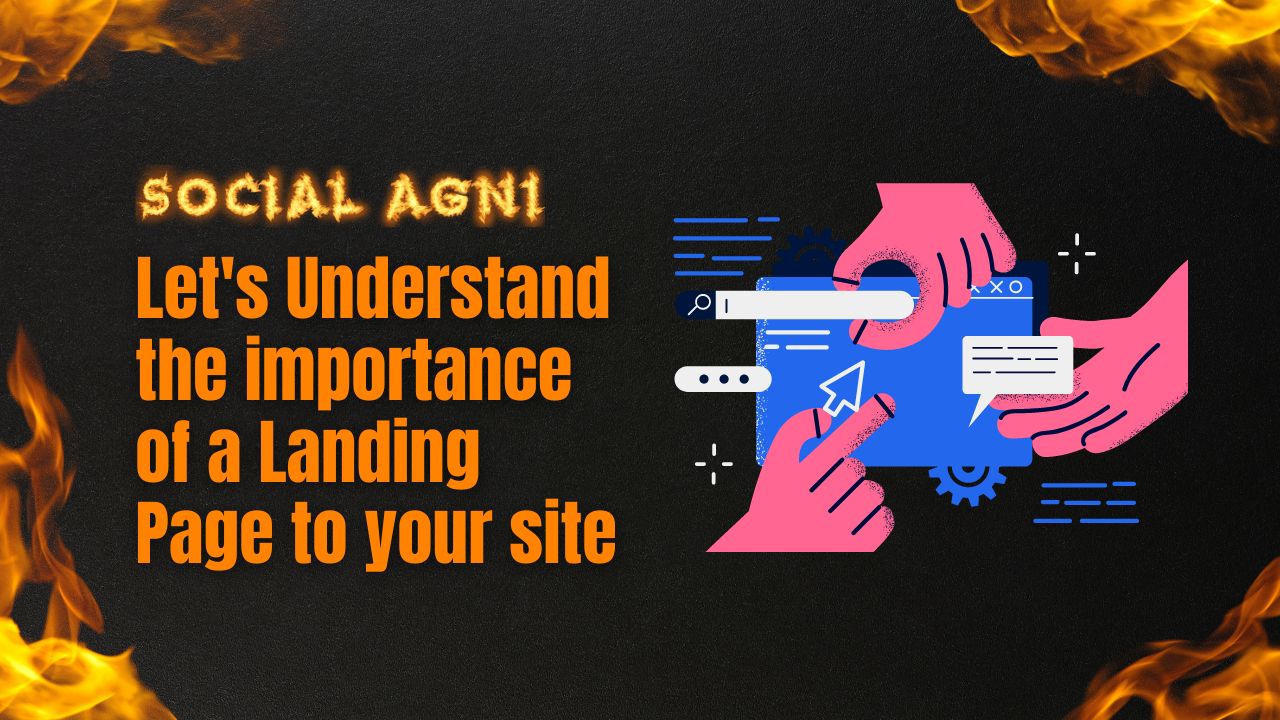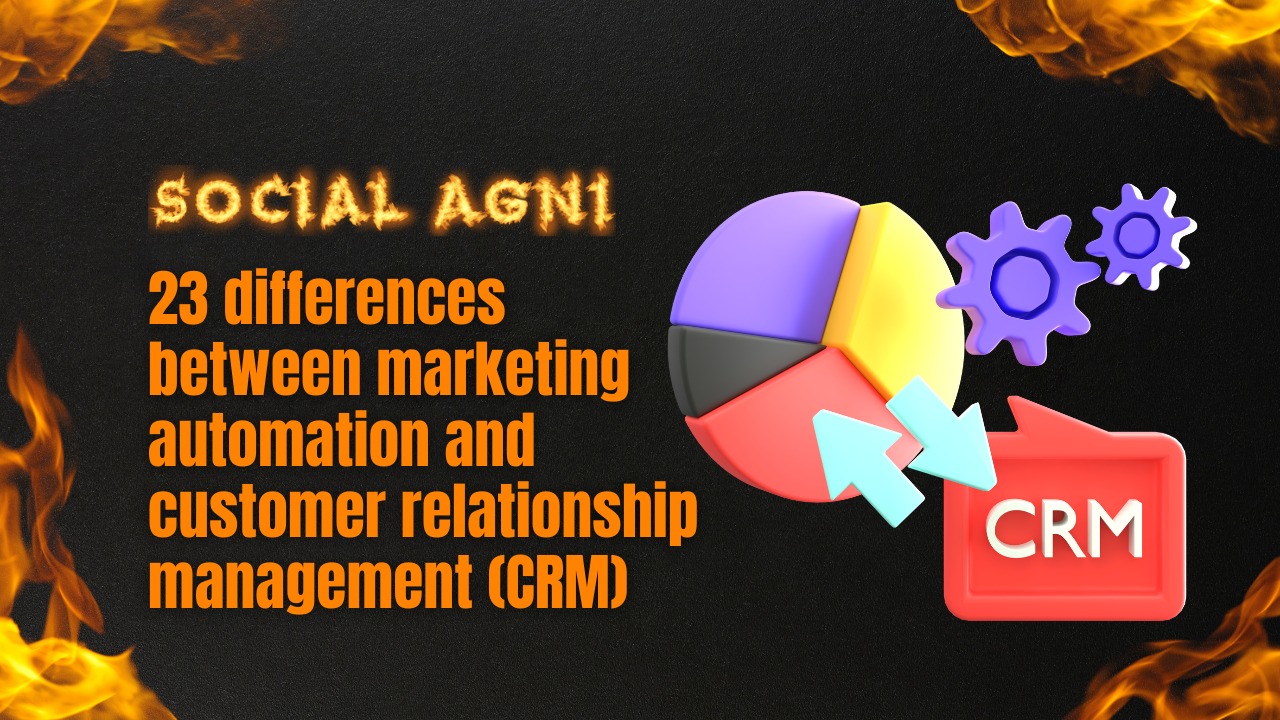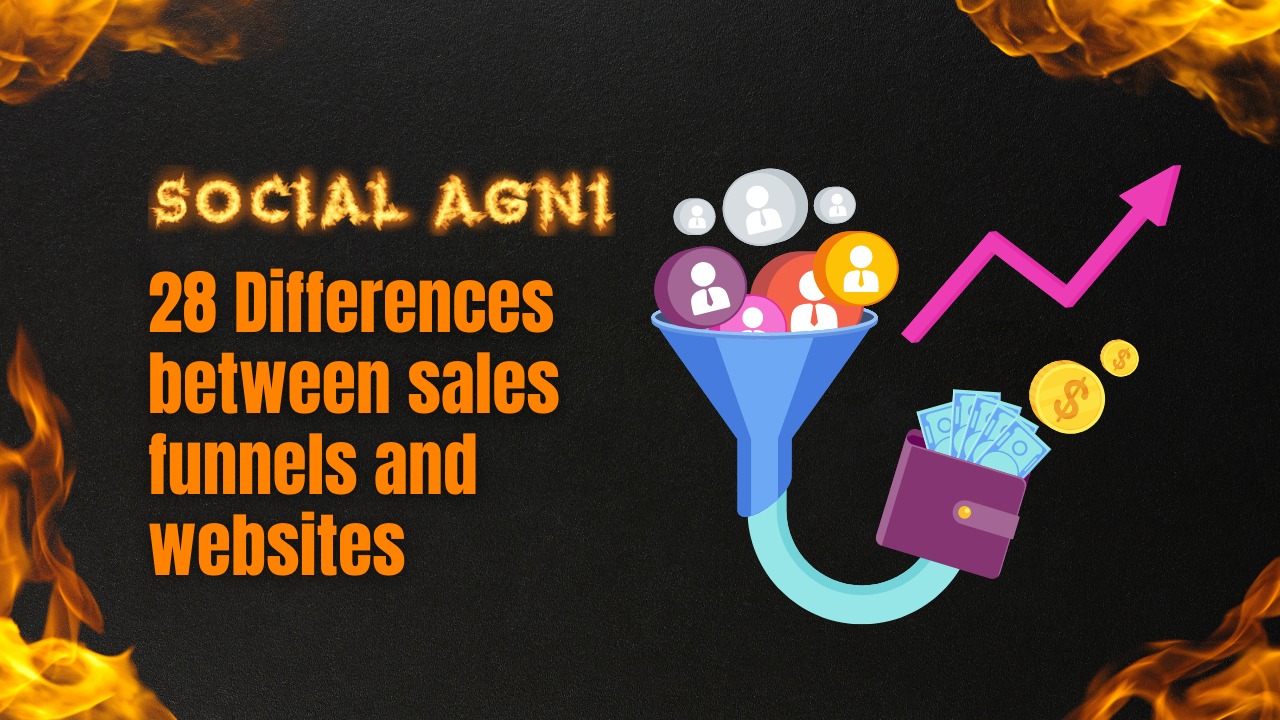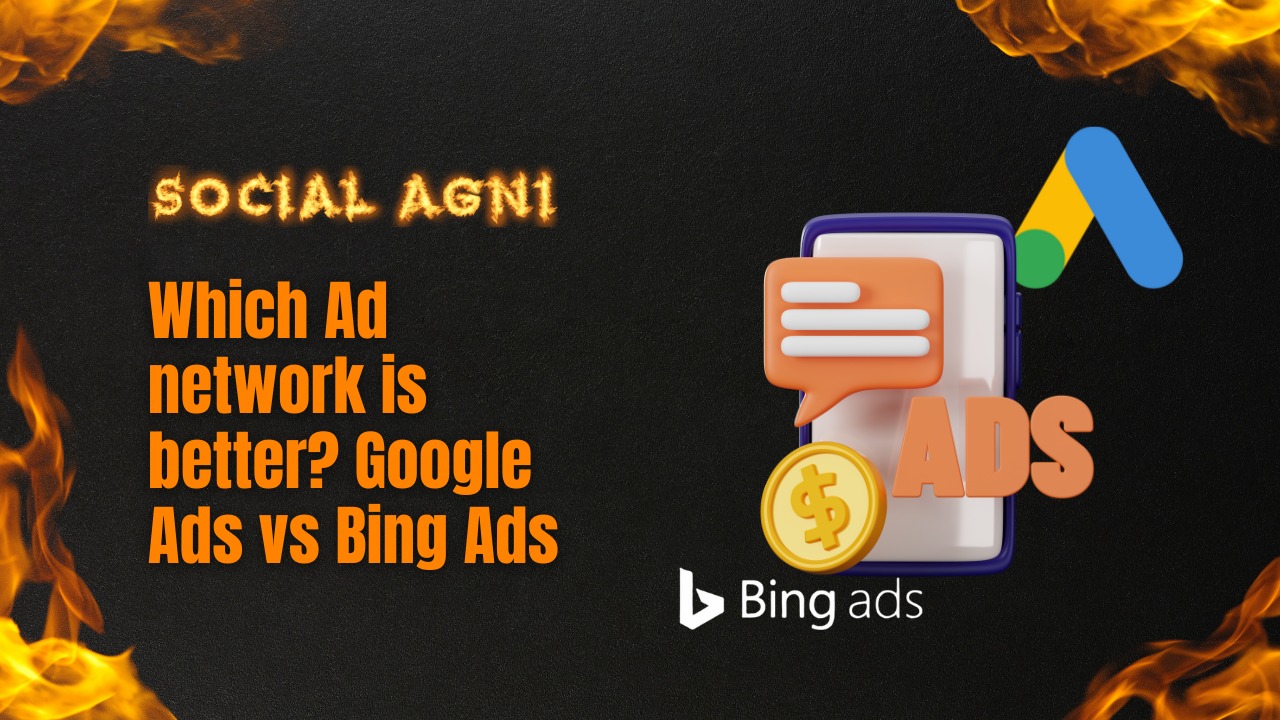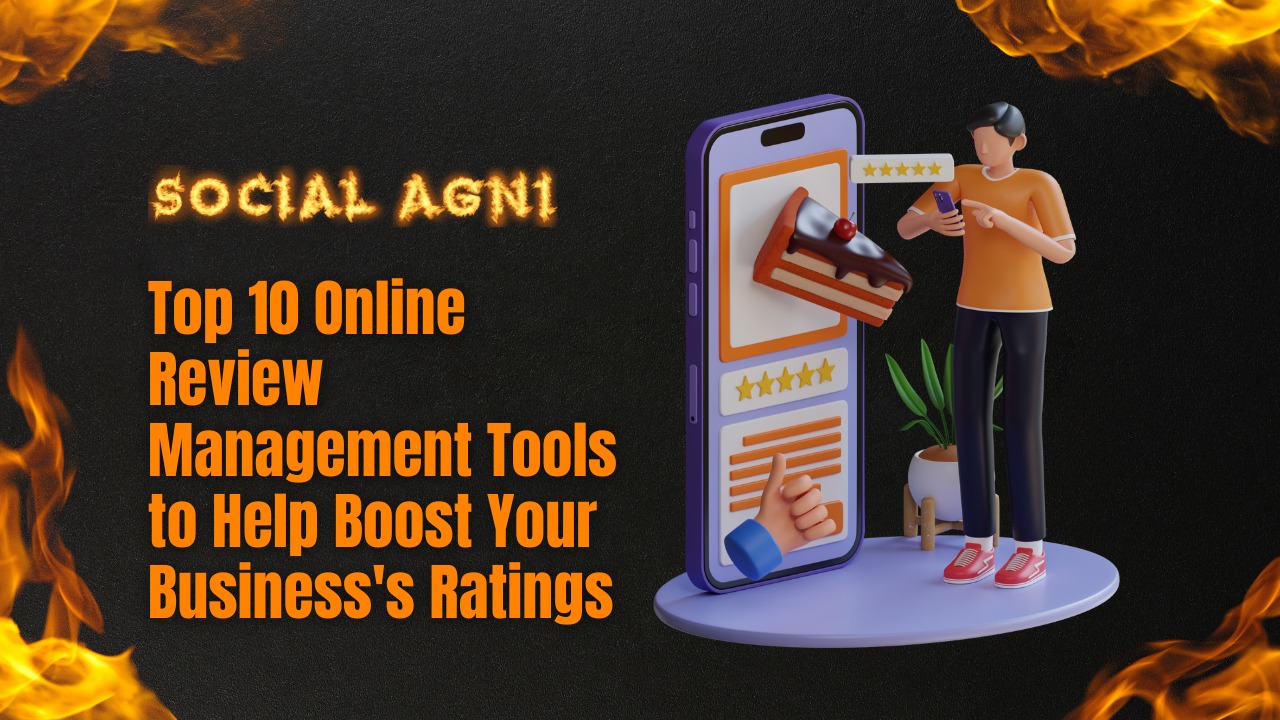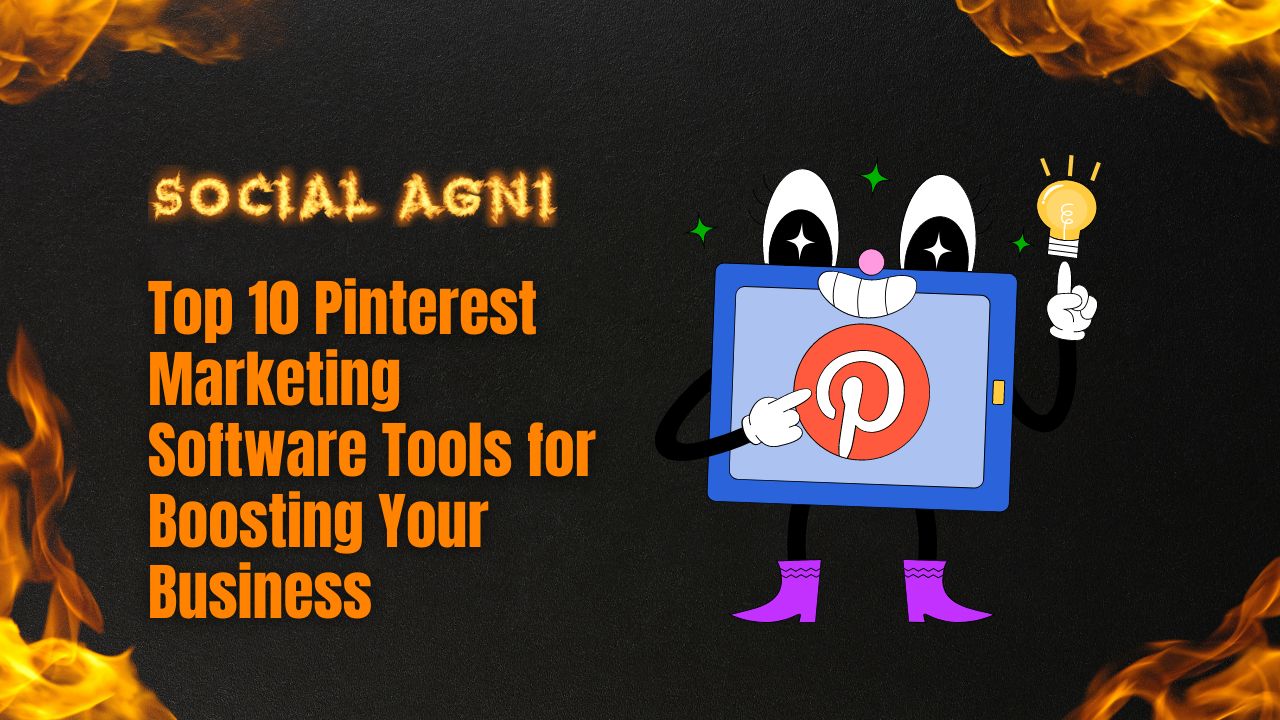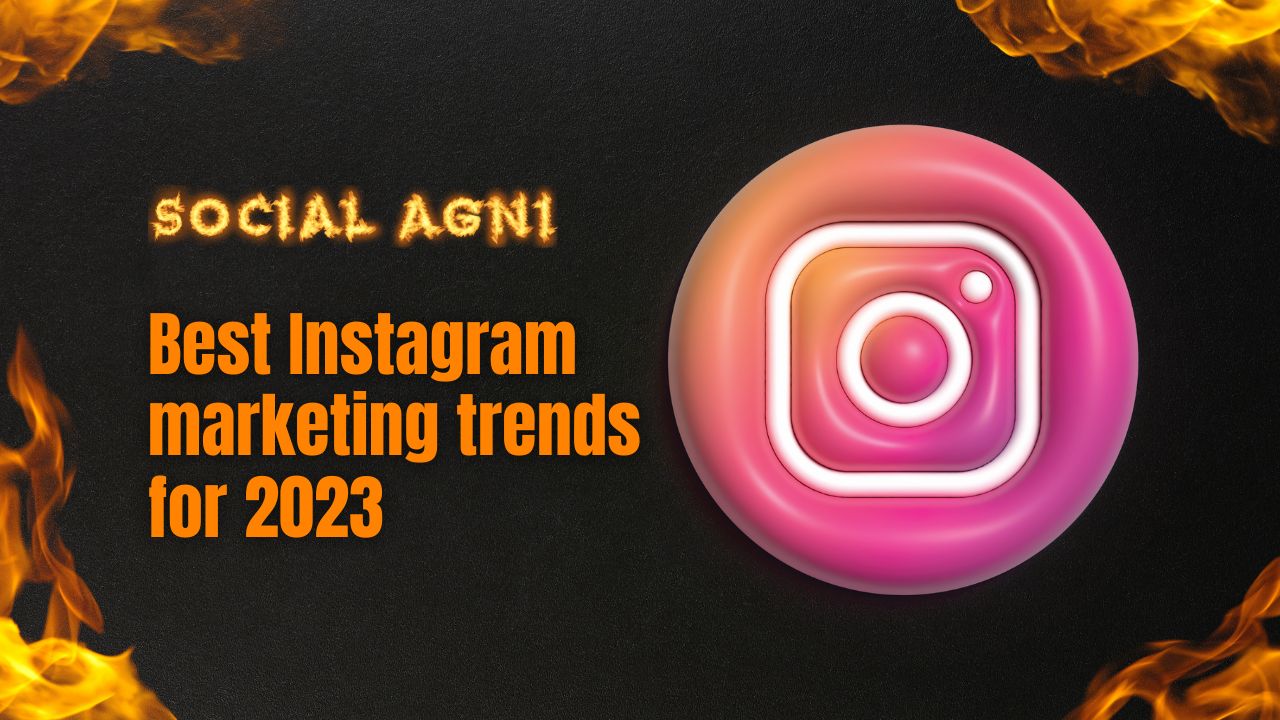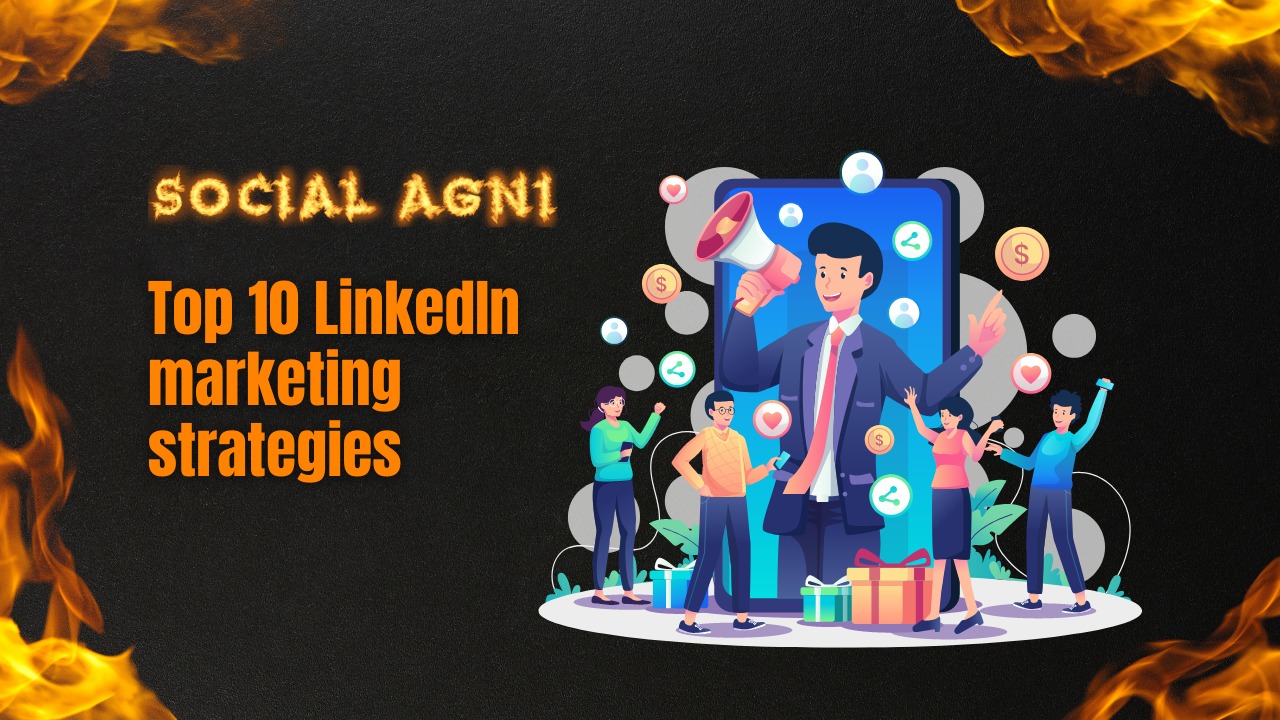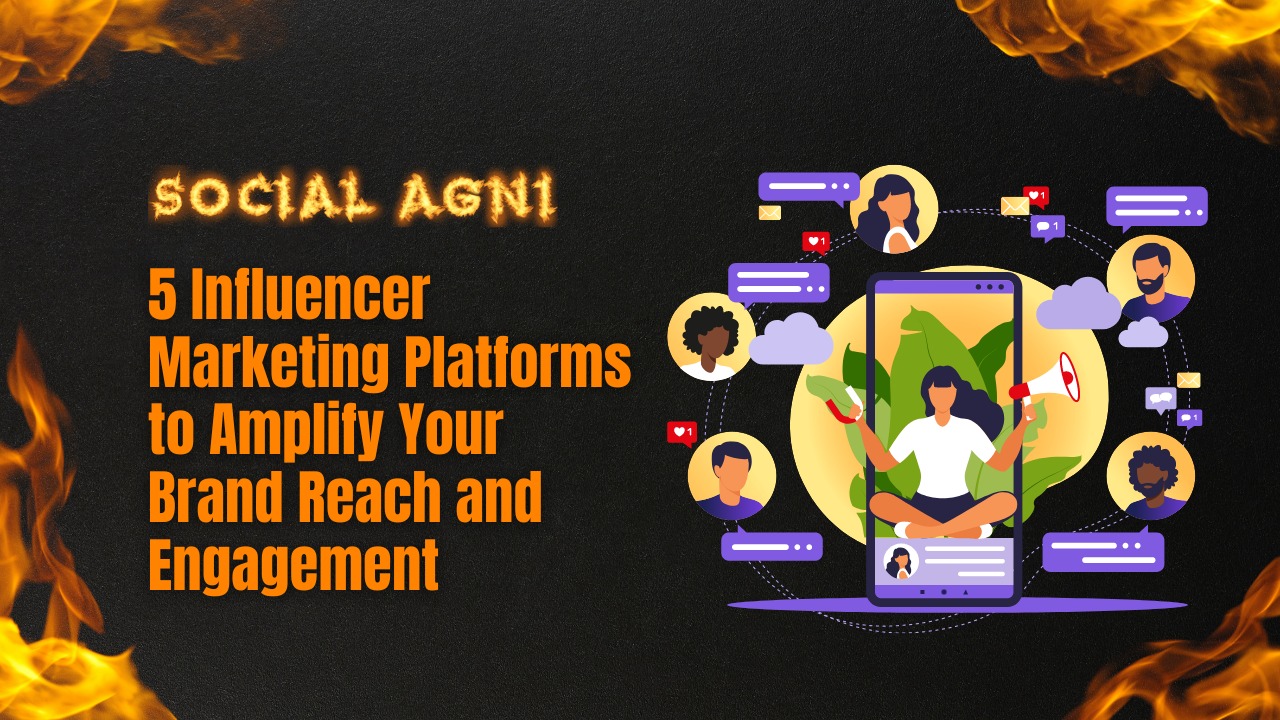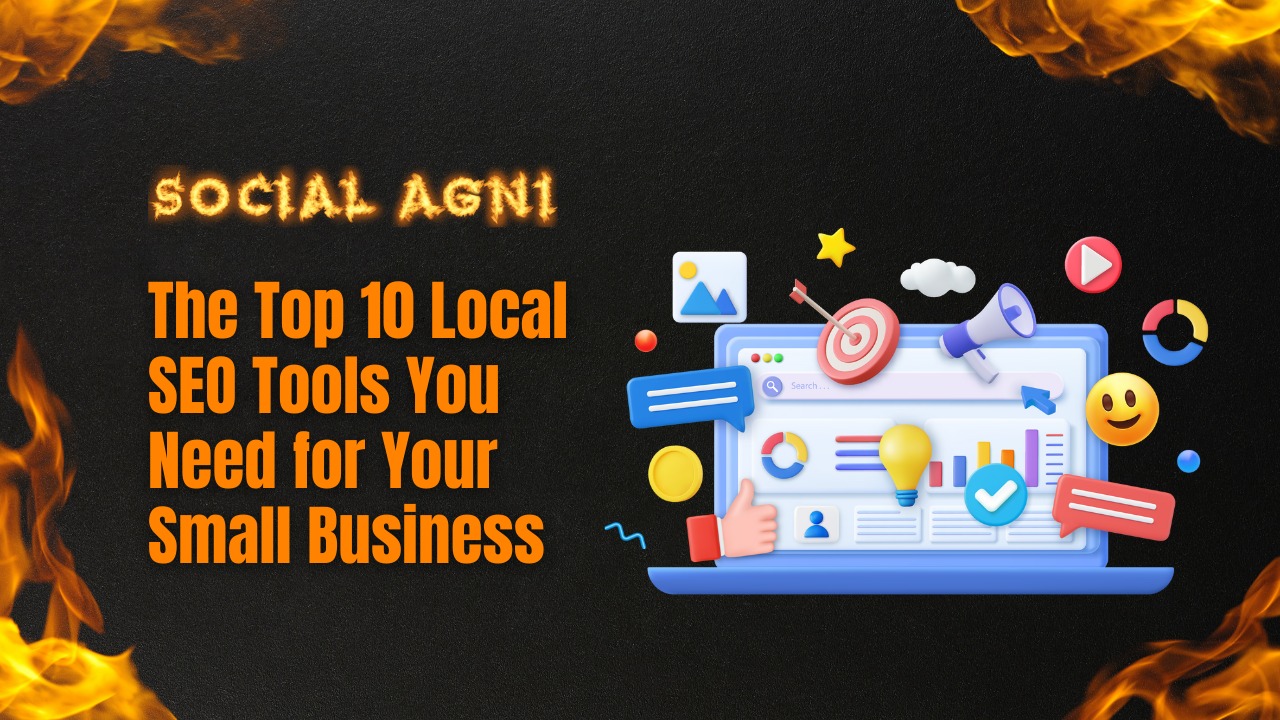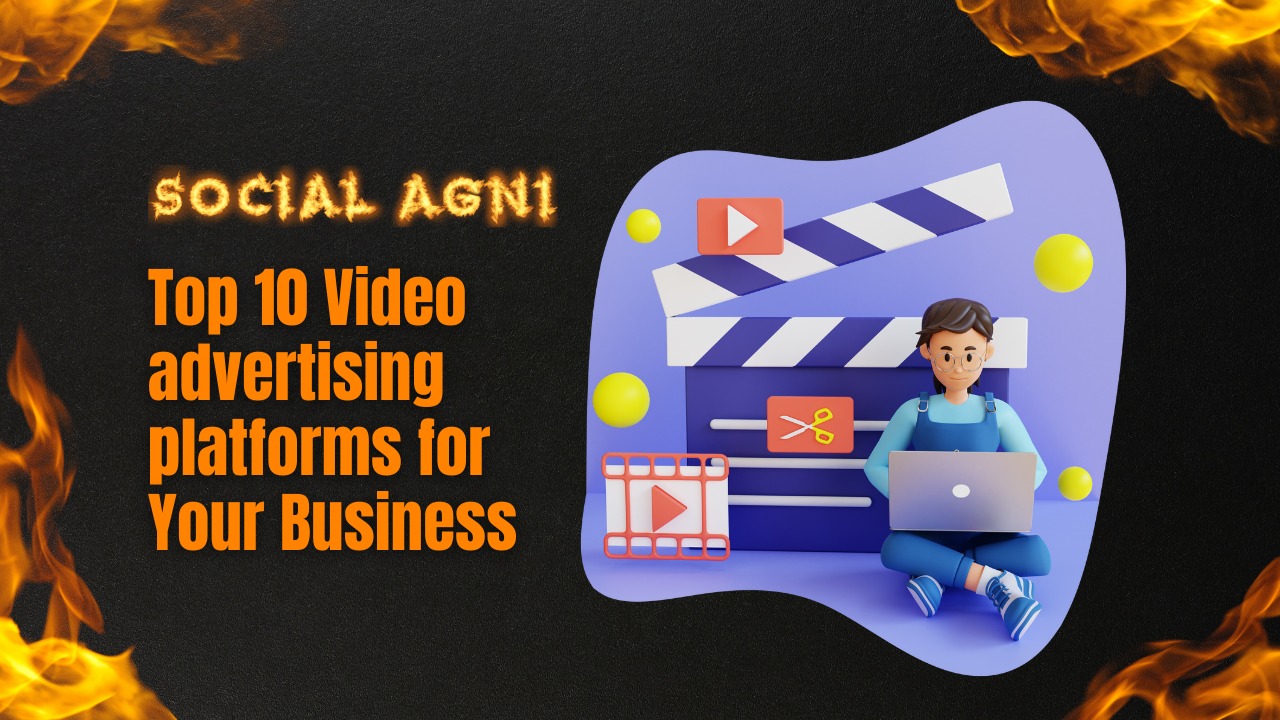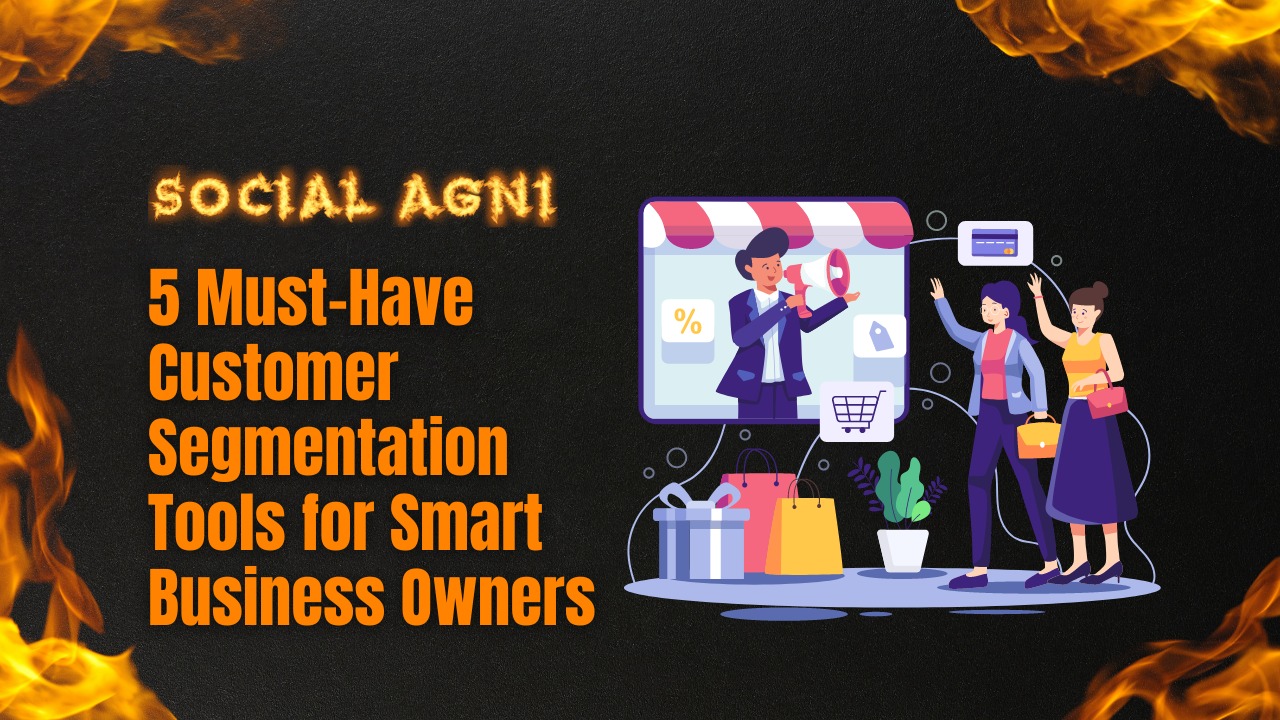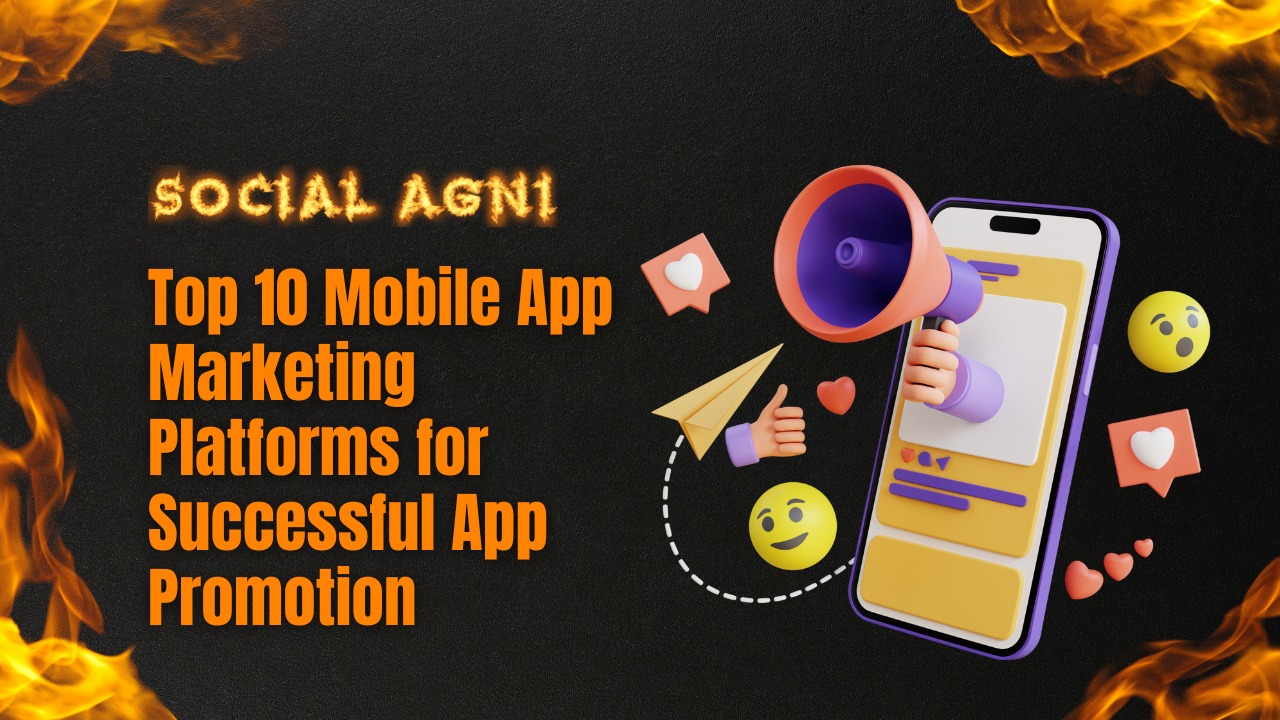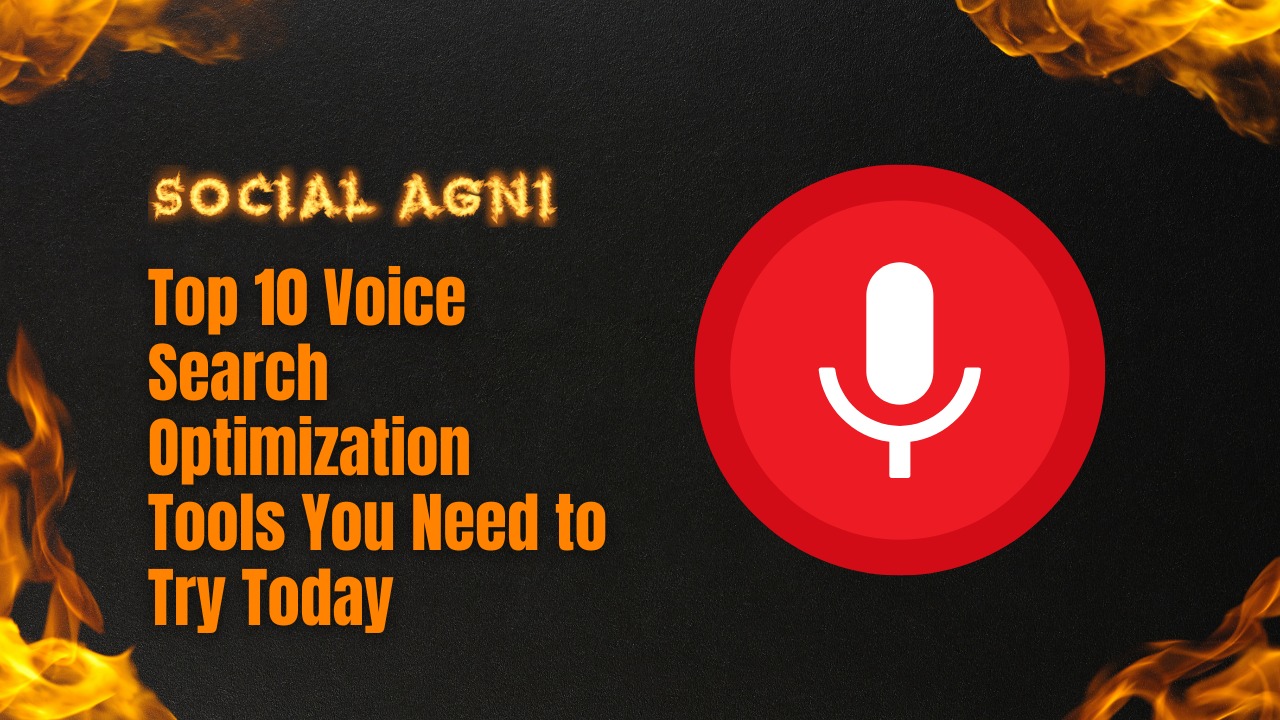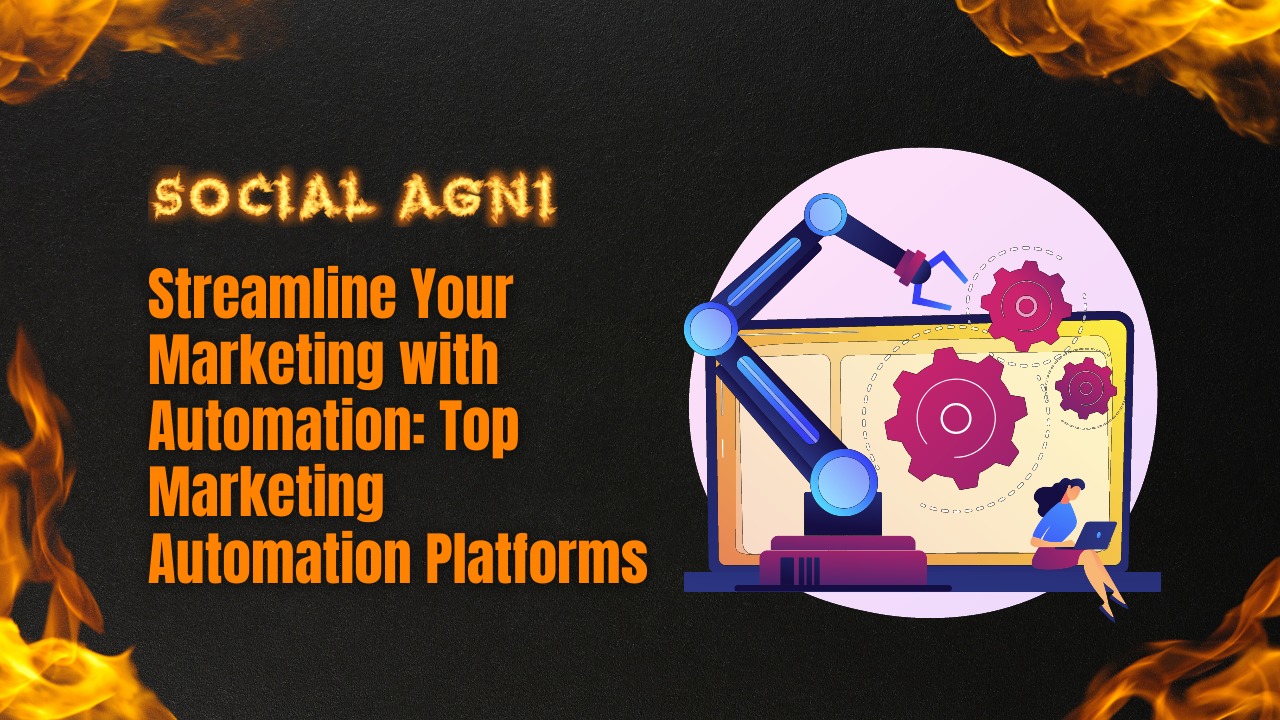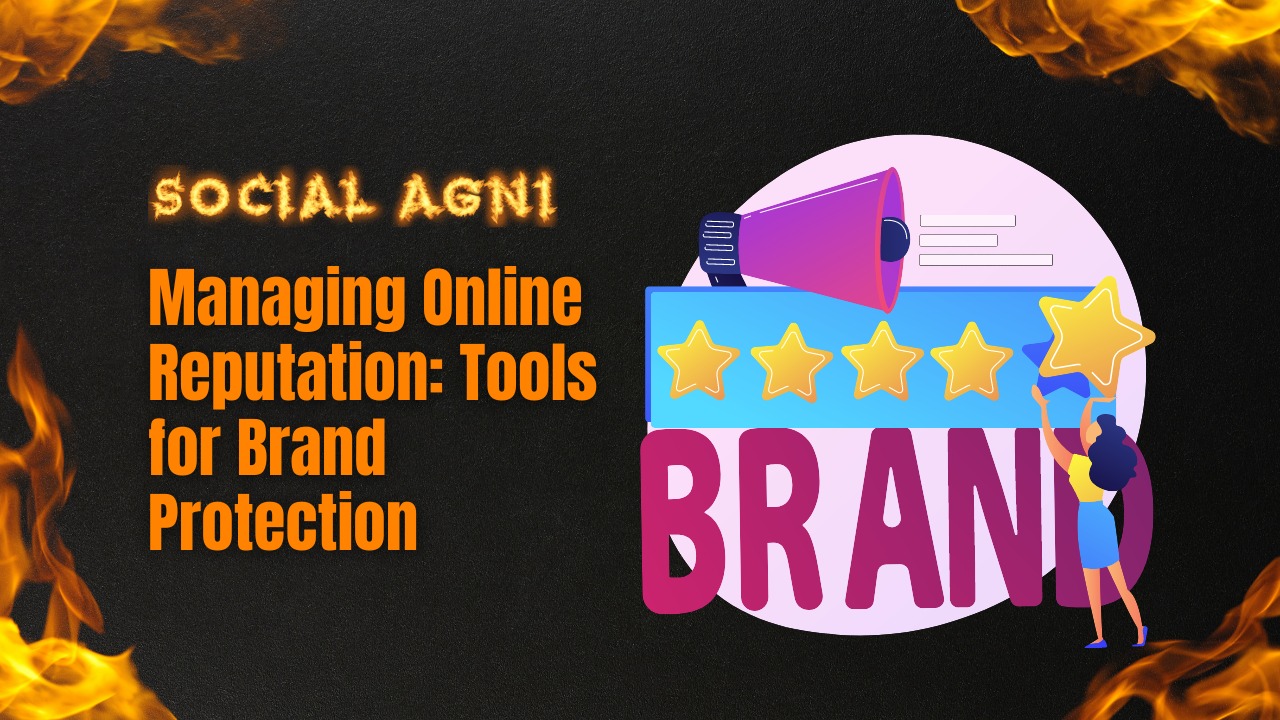In today’s digital world, businesses are making the most of their online presence to attract customers and grow their business. Merely possessing a website is inadequate. A landing page is a crucial element that can make or break the success of your online marketing campaign. In this article, we will explore the importance of a landing page and why it is necessary for your website
Generate Leads
The main objective of a landing page is to create potential customer opportunities for your enterprise. By providing a clear and concise message, a landing page can capture the attention of potential customers and encourage them to take action. This can include filling out a contact form, subscribing to a newsletter, or downloading a free resource. By capturing their contact information, you can then follow up with them and nurture them through your sales funnel.
To optimize your landing page for lead generation, it’s important to have a compelling offer that resonates with your target audience. This might include an offer for a no-cost trial, a reduction in price, or access to a valuable content resource. Additionally, it’s important to make the call-to-action clear and prominent on the page, so visitors know exactly what they need to do to take advantage of the offer. By creating a sense of urgency or scarcity, you can also encourage visitors to act quickly and not miss out on the opportunity.
Another important aspect of lead generation is establishing trust with your visitors. This can be achieved through social proof, such as customer testimonials or case studies, or by highlighting your credentials or industry awards. By demonstrating your expertise and credibility, you can increase the likelihood of visitors submitting their contact information and becoming a lead for your business.
Targeted Message
One of the key benefits of a landing page is the ability to deliver a targeted message to your audience. Unlike a website homepage, which is designed to cater to a broad range of visitors, a landing page is focused on a specific offer or product. This allows you to tailor the message and design of the page to the specific needs and interests of your target audience.
To create a targeted message, it’s important to understand the pain points and motivations of your target audience. This can be achieved through market research, customer surveys, or analyzing your website analytics. By understanding their needs and interests, you can create a message that resonates with them and encourages them to take action.
Additionally, a targeted message can also help improve the relevance and effectiveness of your advertising campaigns. By aligning the ad copy with the message on your landing page, you can create a consistent and cohesive experience for visitors. This can increase the relevance score of your ads and improve your click-through rates, which can ultimately lead to higher conversion rates and ROI.
Focused Design
A landing page is designed to be simple and focused, with a clear hierarchy of information and a single call-to-action. Unlike a website homepage, which may have multiple navigation options and distractions, a landing page is designed to guide visitors towards a specific goal. This can include filling out a contact form, subscribing to a newsletter, or making a purchase.
To create a focused design, it’s important to minimize distractions and remove any unnecessary elements from the page. This can include navigation menus, social media icons, or other links that could lead visitors away from the primary goal. Additionally, the design should be visually appealing and consistent with your brand identity, which can help establish trust with your visitors.
Another important aspect of a focused design is the layout of the page. This should be designed to guide visitors towards the call-to-action and make it as easy as possible for them to take action. This can include using contrasting colors or bold typography to make the call-to-action stand out or placing it in a prominent location on the page. By creating a clear and focused design, you can improve the user experience and increase the likelihood of visitors converting into leads or customers.
Improved Conversion Rates
One of the main benefits of a landing page is its ability to improve conversion rates. By providing a focused message and a clear call-to-action, a landing page can guide visitors towards the desired action and reduce the likelihood of them leaving the page without taking action. Additionally, a landing page can be optimized for conversion through A/B testing, which involves testing different variations of the page to see which one performs best. This can include testing different headlines, images, or call-to-action buttons.
Another way to improve conversion rates is by reducing the friction of the conversion process. This can include reducing the number of form fields, providing social login options, or using a one-click checkout process. By making it as easy as possible for visitors to convert, you can increase the likelihood of them taking action and becoming a lead or customer for your business.
Measurable Results
A landing page provides a measurable way to track the effectiveness of your marketing campaigns. By using analytics tools, you can track how many visitors are coming to your landing page, how long they are staying on the page, and how many of them are converting into leads or customers. This can help you identify areas of improvement and optimize the page for better results.
Additionally, A/B testing can also provide measurable results by allowing you to compare the performance of different variations of the page. By tracking metrics such as conversion rates, bounce rates, and time on page, you can determine which variation is performing better and make data-driven decisions to improve the page.
Cost-Effective
A landing page can be a cost-effective way to generate leads and drive conversions for your business. Unlike traditional advertising methods such as print or TV ads, a landing page can be created and launched quickly and at a lower cost. Additionally, it can be easily updated and optimized based on the results of your marketing campaigns.
Another cost-saving benefit of a landing page is its ability to increase the effectiveness of your advertising campaigns. By creating a targeted message and a focused design, you can improve the relevance and click-through rates of your ads, which can ultimately lead to lower cost-per-click and cost-per-conversion.
Improved SEO
A landing page can also improve your search engine optimization (SEO) efforts by providing a targeted page for specific keywords or phrases. By optimizing the page with relevant keywords, meta tags, and content, you can improve its visibility in search engine results pages (SERPs) and drive more organic traffic to your website.
Additionally, a landing page can also improve the user experience of your website, which can indirectly impact your SEO efforts. By providing a clear and focused message, a simple design, and an easy-to-use conversion process, you can improve the user experience and reduce the bounce rate of your website. This can ultimately lead to higher engagement metrics and improved search engine rankings.
Builds Trust
A landing page can also help build trust with your visitors and establish your business as a credible and trustworthy source. This can be achieved through social proof, such as customer testimonials, case studies, or industry awards. By highlighting your expertise and credibility, you can increase the likelihood of visitors converting into leads or customers.
Additionally, a landing page can also provide a transparent and informative message about your business, which can help build trust with potential customers. This can include information about your products or services, your company history, or your mission and values. By providing a clear and informative message, you can establish your business as a credible and trustworthy source.
Mobile Optimization
A landing page can also be optimized for mobile devices, which is becoming increasingly important in today’s digital landscape. With more and more users accessing websites on their mobile devices, it’s important to provide a seamless and user-friendly experience for mobile users.
To optimize a landing page for mobile devices, it’s important to use a responsive design that adapts to different screen sizes. Additionally, the page should be optimized for fast loading times, as mobile users are often on-the-go and have limited attention spans. By providing a mobile-optimized landing page, you can improve the user experience for mobile users and increase the likelihood of them converting into leads or customers.
Competitive Advantage
Finally, a landing page can provide a competitive advantage for your business by helping you stand out from the competition. By creating a targeted and focused message, you can differentiate your business from others in your industry and highlight your unique value proposition.
Additionally, a well-designed landing page can help improve the overall perception of your brand and increase brand awareness. By providing a professional and informative message, you can establish your business as a leader in your industry and build trust with potential customers.
Conclusion
In conclusion, a landing page is a critical element in your online marketing strategy. It can significantly increase the conversion rate of your marketing campaigns, provide valuable insights into the effectiveness of your efforts, and help you establish trust with your audience. Whether you’re promoting a new product, generating leads, or capturing email addresses, a well-designed landing page can help you achieve your marketing goals and take your business to the next level. So if you don’t have a landing page yet, it’s time to create one!
Frequently Asked Questions (FAQs)
1. What is a landing page?
A landing page is a standalone web page designed to convert visitors into leads or customers through a focused message and call-to-action.
2. How is a landing page different from a website?
A landing page is designed specifically for a single purpose, such as driving conversions, while a website typically includes multiple pages and serves a broader range of purposes.
3. Why is a landing page important for my business?
A landing page is important because it provides a targeted and focused message for your visitors, which can help drive conversions, improve SEO, and build trust with potential customers.
4. How do I create an effective landing page?
To create an effective landing page, you should follow best practices such as using a clear headline, a focused message, a strong call-to-action, and a simple design.
5. Can I use the same landing page for different marketing campaigns?
While you can use the same landing page for different marketing campaigns, it’s often more effective to create a unique landing page for each campaign to ensure a targeted and relevant message.
6. How can I measure the effectiveness of my landing page?
You can measure the effectiveness of your landing page through analytics tools, such as tracking metrics like conversion rates, bounce rates, and time on page.
7. How can I improve the conversion rate of my landing page?
You can improve the conversion rate of your landing page by using A/B testing to test different variations, reducing the friction of the conversion process, and optimizing the page for mobile devices.
8. How can I optimize my landing page for SEO?
To optimize your landing page for SEO, you should use relevant keywords, meta tags, and content, and ensure the page is optimized for fast loading times and a seamless user experience.
9. Can a landing page help build trust with my customers?
Yes, a landing page can help build trust with your customers by providing social proof, highlighting your expertise and credibility, and providing a transparent and informative message about your business.
10. How can a landing page give me a competitive advantage?
A landing page can give you a competitive advantage by differentiating your business from others in your industry, highlighting your unique value proposition, and building trust and awareness with potential customers.
